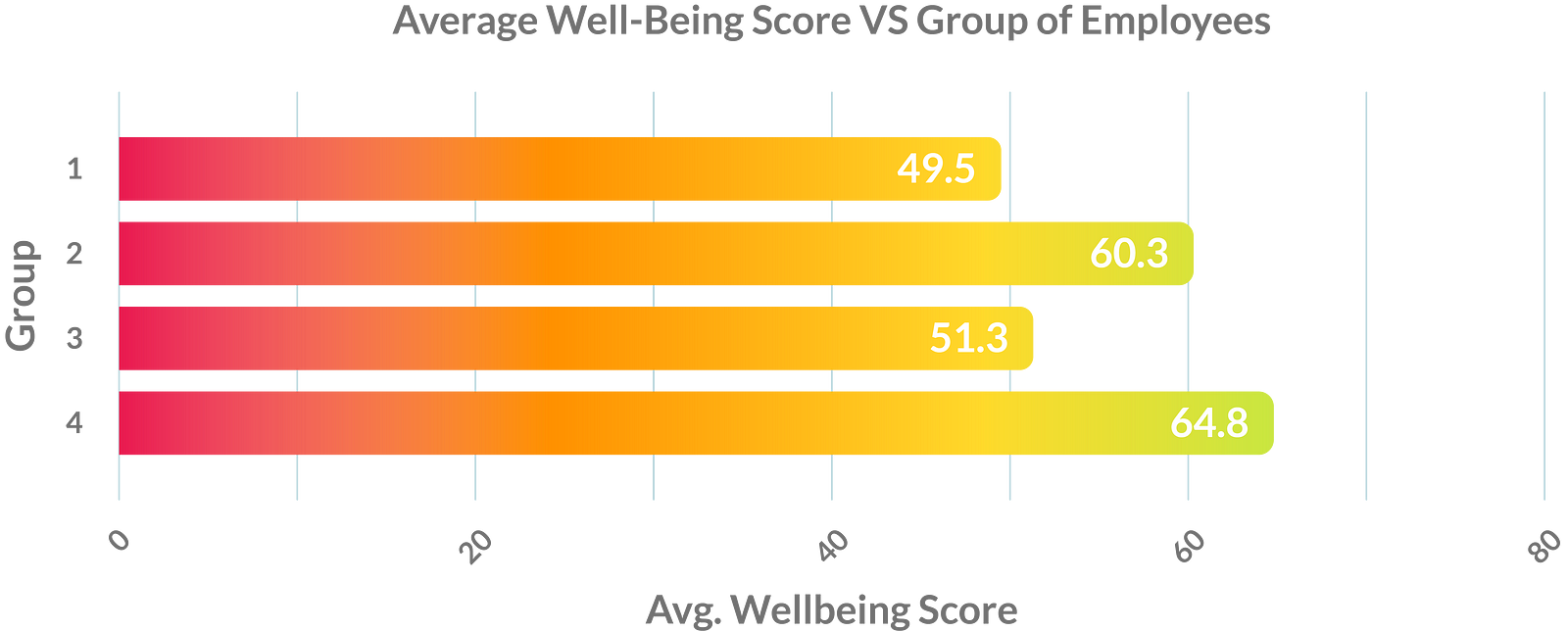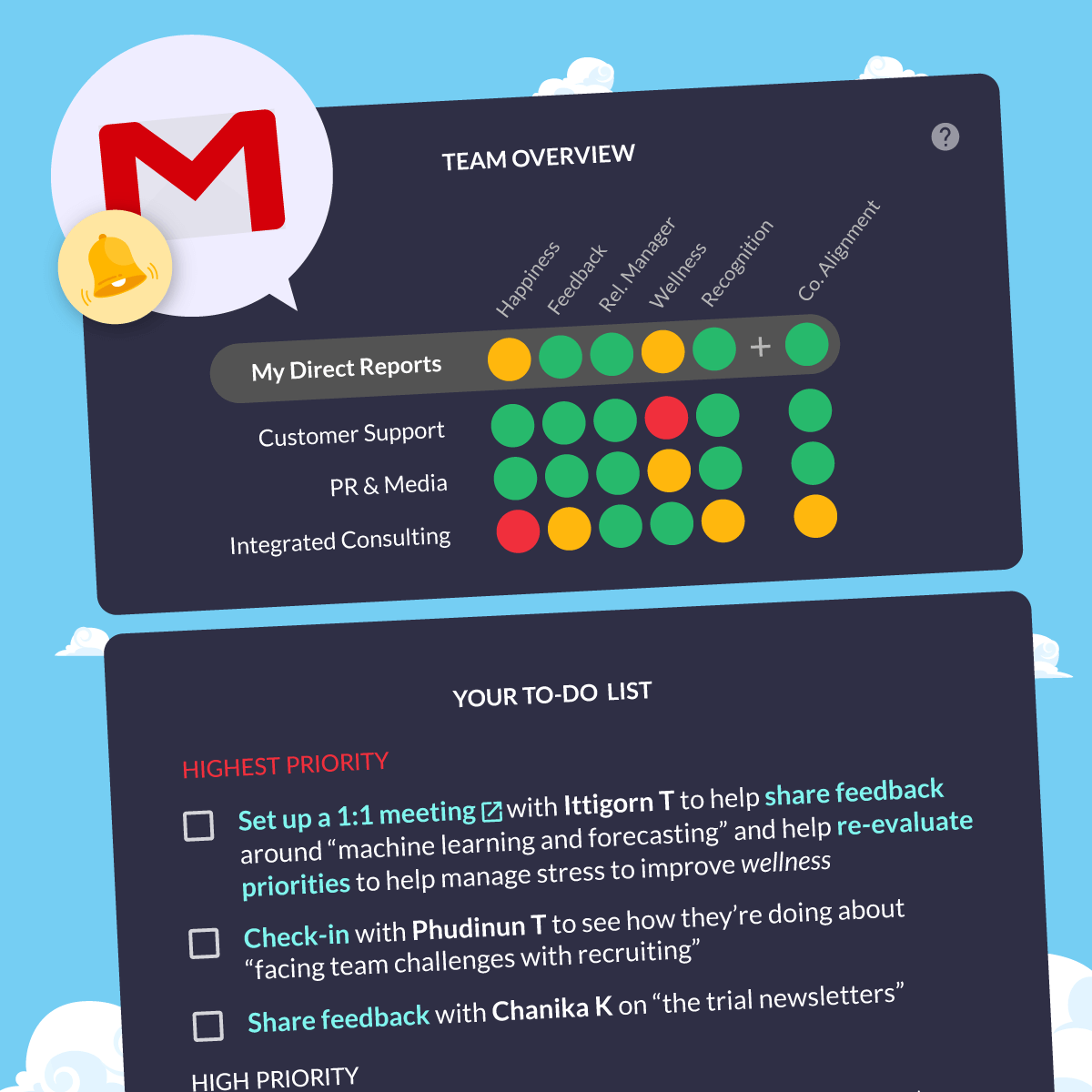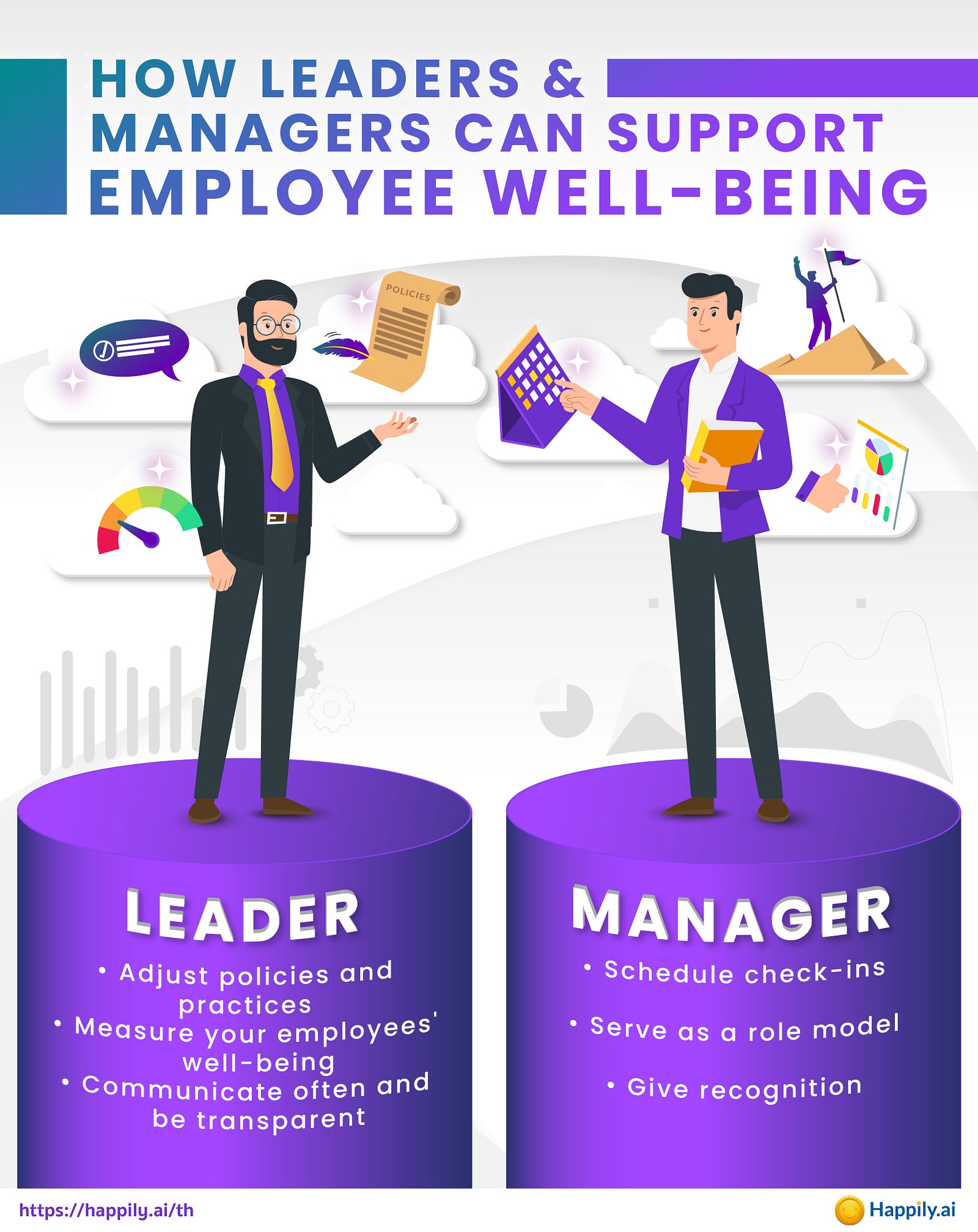Studies show that culture fit and feeling valued at work affect employee well-being, with culture fit most important.
Well-being in the workplace during the pandemic
To bring out the best in people, organizations must support and care for employee well-being, both individually and collectively. A crisis like the pandemic has brought well-being to the forefront of concern; well-being is at its lowest.
Physical and mental health are in focus, and rightly so. According to Wellable's 2021 Employee Wellness Industry Trends Report, 88% of employers are investing more in mental health. Ginger's research and Glint's Crisis Insights Report found that 80% of employees express interest in "more employer-sponsored mental health and well-being support," as a response to 42% of global employees having experienced a decline in mental health since the pandemic began. (To review if your work place is toxic, click here. To assess if your workplace is toxic, click here.)
Many factors contribute to our mental well-being at work, such as psychological safety & support, organizational culture, transparent leadership, respect, recognition, and work-life balance. A complete list is available from the Canadian Center for Occupational Health and Safety. Our interest to learn how culture and recognition impact mental health led us to this study.
Study & Results
Our Hypothesis: "Employees who feel that they fit in with their team and company culture and feel valued at work have better well-being."
Our Study
Data collected from 521 employees that measured team and company culture fit:
"Do you feel you fit in well with team and company culture?" Yes / No
And if they feel valued at work:
"Do you feel valued at work?" Yes / No
Respondents are classified into four groups based on culture fit and feeling valued:
- Group 1: Employees who feel they do not fit in well with the team and company culture and do not feel valued at work.
- Group 2: Employees who feel they fit in well with the team and company culture but do not feel valued at work.
- Group 3: Employees who feel they do not fit in well with the team and company culture but feel valued at work.
- Group 4: Employees who feel they fit in well with the team and company culture and feel valued at work.
Each group's well-being index score (see WHO-5) is analyzed to see how each factor contributes to well-being. The results show the average, maximum, and minimum well-being index scores for each group.
The results show that:

- Employees in Group 1 have a 49.5 average well-being score. (median score = 50, min score = 32, and max score = 64)
- Employees in Group 2 have a 60.3 average well-being score. (median score = 60, min score = 32, and max score = 100)
- Employees in Group 3 have a 51.3 average well-being score. (median score = 56, min score = 12, and max score = 84)
- Employees in Group 4 have a 64.8 average well-being score. (median score = 68, min score = 4, and max score = 100)
We interpret WHO-5 scores less than 50 as low well-being. The results show that only 17% of employees who reported fitting well and feeling valued have low well-being. Meanwhile, 38% of employees who reported not fitting in well and not feeling valued have low well-being.
The average well-being scores of Group 2 and Group 3, 60.3 and 51.3, show that fitting in well with the team and company culture is more impactful on well-being than their feeling valued at work. Moreover, employees who do not fit in well nor feel valued at work are 2x more likely to have low well-being than those who fit in well and feel valued.
Many factors affect employee well-being, and we find that fitting in with the team and company culture is impactful, even more so than feeling valued at work. We can attribute "fitting in" to a sense of belonging, which provides psychological safety and support —paramount to good mental health.

Insights for managers that help understand team well-being and identify toxic behaviors
How Leaders and Managers Can Support Employee Well-being
Employee well-being is top of mind; leaders and managers play a vital role in creating better well-being in the workplace. Company leadership should make it clear that well-being is a priority and by taking action:
- Adjust policies and practices: Adjust policies and procedures to provide flexibility and empower managers to support the individual needs of their team members. Make these changes accessible to employees. Those who are struggling may not seek out help.
- Measure your employees' well-being: You can't improve what you can't measure. Take an effort to understand better the challenges to health and well-being, concerns, or even general needs. A survey can provide a starting indicator of how your employees are feeling and what they need. Then, put in place a feedback system.
- Communicate often and be transparent: Communication is fundamental to build trust and helps your employees feel connected to the organization. In crisis and uncertainty, employees need more communication and transparency from leaders to help them align with the organization's goals and direction.
People managers are on the frontlines, managing their team's well-being while taking care of their own (many forget). They should:
- Schedule check-ins: It's more important than ever to regularly check in with each team member; remote work makes it especially difficult to detect indications of distress. It's an opportunity to catch up about ideas, plans, concerns, and re-prioritize tasks. Ultimately, it helps build trust and more robust connections.
- Serve as a role model: Managers are great role models to their team to prioritize their well-being. It will make your team members feel they can prioritize self-care and set boundaries. Employees will follow if you create a culture where well-being is top of mind and resilience can thrive.
- Give recognition: Appreciation and recognition make people feel valued and reinforce productive behaviors. It may feel unnatural at first, but sending thank you notes shout outs during meetings can strengthen culture and community.

Conclusion
Taking care of employee well-being should be an organizational priority. A workplace is a place of challenges and opportunities where people collaborate, problem-solve, and are encouraged to grow and be creative. Stress, vulnerability, and pressures to succeed are byproducts that affect well-being. To counter these effects, organizations are responsible for creating an environment that cares for, supports, and improves well-being.
The pursuit of increasing productivity and performance in the absence of employee well-being and engagement is ineffective. Among many factors that contribute to well-being, we find that culture fit and feeling valued are impactful. Company leadership and managers play a primary role in supporting mental health at work.
At Happily.ai, we help organizations foster better well-being by providing insights to understand people and teams. We facilitate daily check-ins, initiate recognition, and nudge managers and employees to positive behaviors and actions. As part of our people analytics, we measure well-being using the WHO-5 Index and over 80 other engagement factors. Check out our platform here.

References:
[2 ] https://www.aihr.com/blog/workplace-wellness-trends/
[4] https://www.glintinc.com/blog/employee-well-being/
[5] https://hbr.org/2020/08/8-ways-managers-can-support-employees-mental-health
[6] https://www.karger.com/Article/Fulltext/376585
[7] https://www.ccohs.ca/oshanswers/psychosocial/mentalhealth_risk.html[8] https://www.investorsinpeople.com/knowledge/feeling-valued-the-dimensions-organisations-must-deliver-on/









